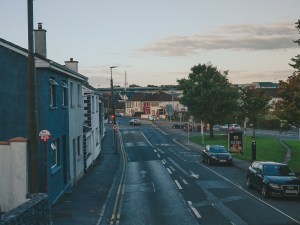Earthquakes in Turkey and Syria: why did they happen?

By Sanjukta Salgaonkar
Dr. Patricia Martinez Garzon studies the source of earthquakes.
She explains that the earthquakes in Turkey and Syria resulted from decades of slow lateral movement of around 0.59 inches per year between the plates.
This movement caused the tension to build up along the fault line, resulting in a devastating 7.8 magnitude earthquake.
An earthquake is caused when there is a sudden slip on a fault.
The tectonic plates are always moving, but when they get stuck at the edges due to friction, the stress overcomes the friction.
This causes an earthquake that releases the energy in waves we feel and which causes the shaking we feel.
Both countries are situated on the top of the East Anatolian fault which shares the boundary between Arabia, Anatolia, and African plates.
Dr Gordon Bromley, Lecturer in Physical Geography says “The earthquake was the latest instalment in the collision that has been happening for 3 million years or so.”
“The plates moving upwards towards the north with a lot of pressure building up constantly.”
“Every few years or every few decades it will release the pressure in one big earthquake and a few aftershocks. Turkey and Syria lie on the big fault line. It is hard to forecast when the earthquake will occur.”
Are Earthquakes also Man-made?
Human activities like mining, building dams, drilling to extract oil or gas, and nuclear explosions over the years cause earthquakes. These activities are one of the major reasons for manmade earthquakes.
According to an article on the National Geographic Channel website, there were 730 sites where human activity caused earthquakes over the past 150 years.
It also states that human activity has induced earthquakes with magnitudes as high as 7.9.
Furthermore, the number of earthquakes is rising in some regions of the world.









1 thought on “Earthquakes in Turkey and Syria: why did they happen?”